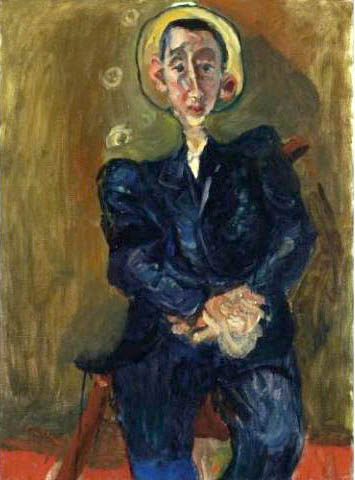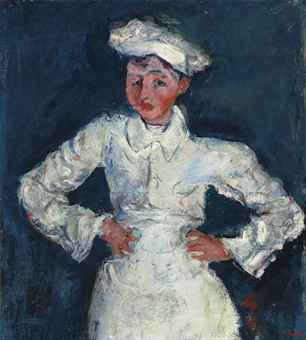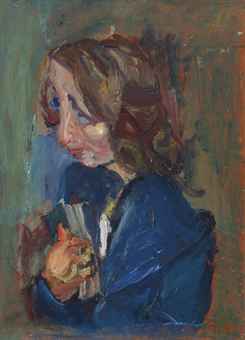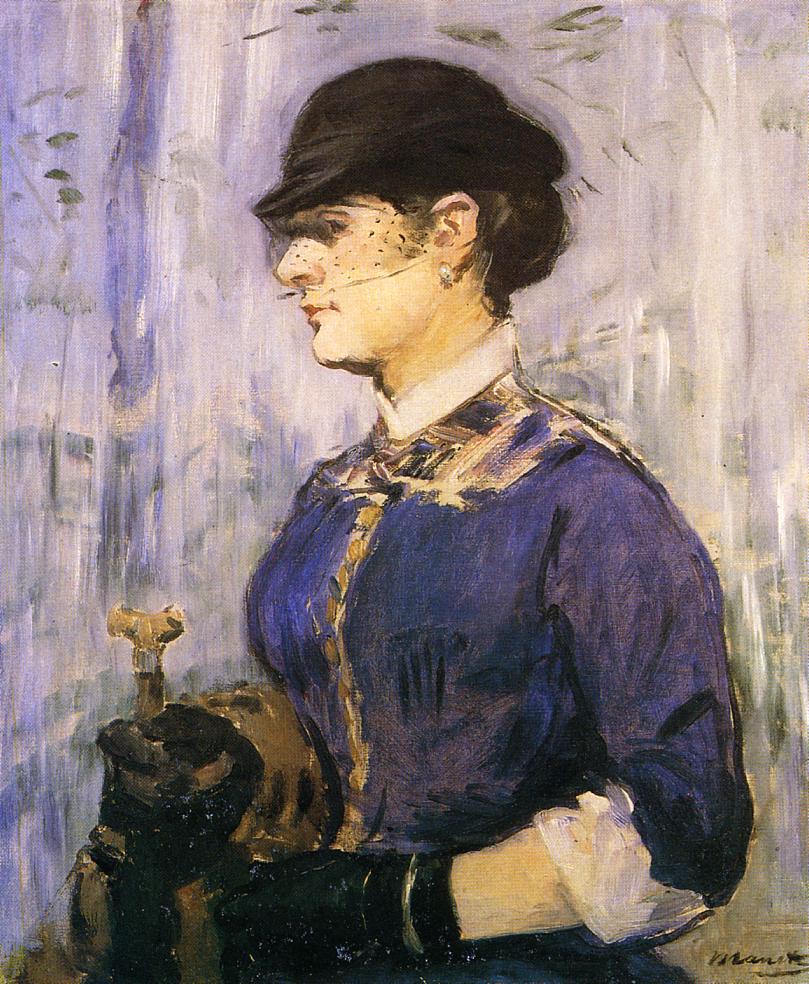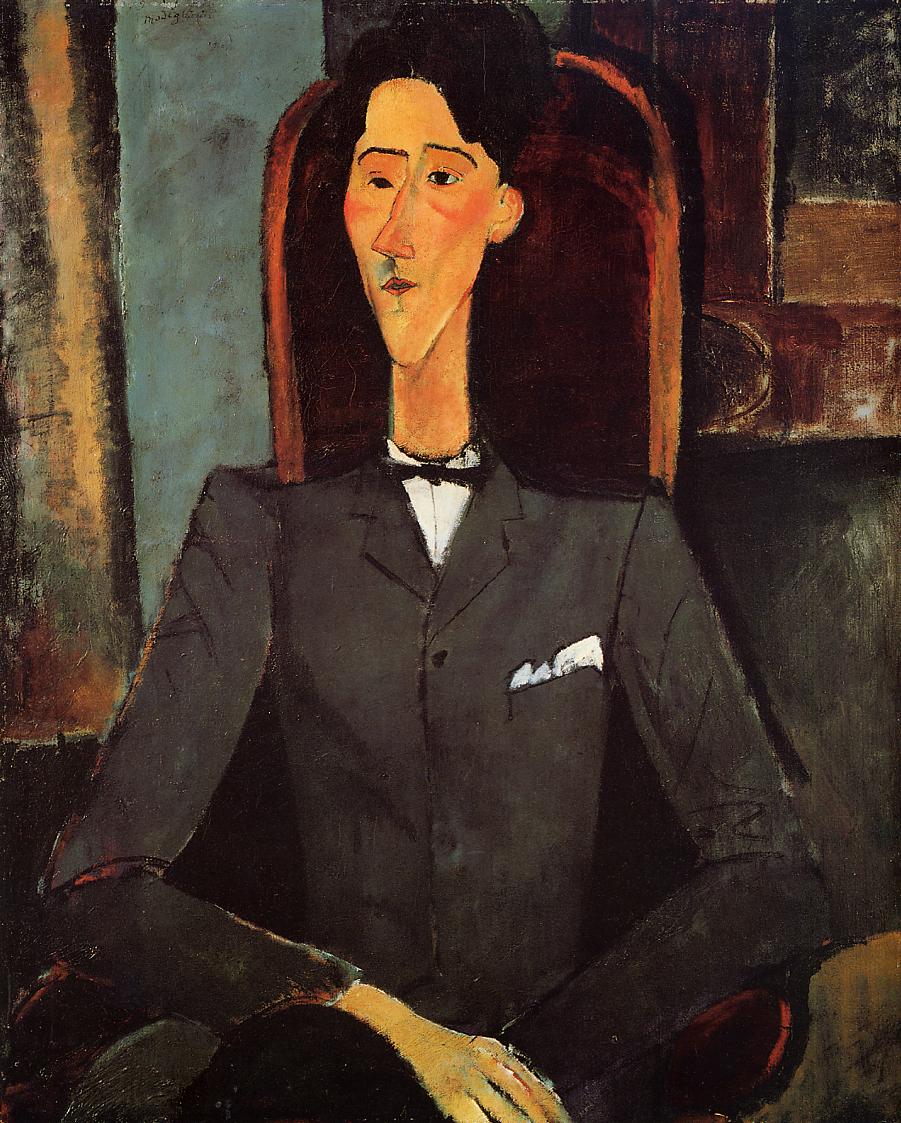“Cézanne and the Modern: Masterpieces of European Art from the Pearlman Collection” is a major traveling exhibition organized by the Princeton University Art Museum. The works featured in the exhibition showcase the extraordinary vision of Henry Pearlman (1895-1974), a modest American entrepreneur who amassed an astonishing collection of modern art from the late 19th and early 20th centuries, including perhaps the greatest collection of watercolors by Cézanne outside of France.
The Henry and Rose Pearlman Collection has resided at the Princeton University Art Museum since 1976, and this exhibition marks the first international tour of the entire collection since Pearlman’s death in 1974.
Exhibition Organization and Tour“Cézanne and the Modern: Masterpieces of European Art from the Pearlman Collection” has been organized by the Princeton University Art Museum in cooperation with the Henry and Rose Pearlman Foundation. The exhibition premiered at the Ashmolean Museum of Art and Archaeology, University of Oxford, Oxford, England (March 13–June 22, 2014), then traveled to the Musée Granet, Aix-en-Provence, France (July 11–Oct. 5, 2014) and to the High Museum of Art (Oct. 25, 2014–Jan. 11, 2015). Following its presentation at the High, the exhibition will be on view at Vancouver Art Gallery, Vancouver, Canada (Feb. 7–May 18, 2015), and the tour will culminate at Princeton University Art Museum, Princeton, N.J. (Sept. 12, 2015–Jan. 3, 2016).
Exhibition Organization and Tour“Cézanne and the Modern: Masterpieces of European Art from the Pearlman Collection” has been organized by the Princeton University Art Museum in cooperation with the Henry and Rose Pearlman Foundation. The exhibition premiered at the Ashmolean Museum of Art and Archaeology, University of Oxford, Oxford, England (March 13–June 22, 2014), then traveled to the Musée Granet, Aix-en-Provence, France (July 11–Oct. 5, 2014) and to the High Museum of Art (Oct. 25, 2014–Jan. 11, 2015). Following its presentation at the High, the exhibition will be on view at Vancouver Art Gallery, Vancouver, Canada (Feb. 7–May 18, 2015), and the tour will culminate at Princeton University Art Museum, Princeton, N.J. (Sept. 12, 2015–Jan. 3, 2016).
The exhibition is co-curated by the Princeton University Art Museum’s Betsy Rosasco, research curator of European painting and sculpture, and Laura Giles, Heather and Paul G. Haaga Jr., Class of 1970, curator of prints and drawings.
“Cézanne and the Modern” Exhibition Catalogue
A richly illustrated catalogue, published by the Princeton University Art Museum and distributed by Yale University Press, accompanies the exhibition and includes Henry Pearlman’s personal narrative “Reminiscences of a Collector”; a major essay by Rachael Z. DeLue, associate professor in the department of art and archaeology at Princeton University, which considers Pearlman’s collecting practices and milieu; a chronology of Pearlman’s life and the history of the collection; brief essays on each of the artists and their works in the exhibition by leading scholars in the field; and detailed information on each of the works, including the discoveries of new conservation and technical analyses undertaken specifically for the exhibition.
This is the first European exhibition of the collection of Cézanne’s work formed by Henry and Rose Pearlman in North America after the Second World War. The Ashmolean has been closely involved with Princeton University Art Museum in putting together the exhibition, which will move on to Aix-en-Provence, Atlanta, and Vancouver, before returning to Princeton, where it is on long-term loan.
The Pearlman collection, however, comprises not only of works by Cézanne, but also paintings and sculptures by leading Impressionist and Post-Impressionist masters. It features fifty works by nineteen artists, ranging from Gustave Courbet to Jacques Lipchitz. Yet, at the heart of the collection remain the Cézannes: six oils, two drawings, and sixteen watercolours, which reflect Pearlman’s own taste wholeheartedly.
The exhibition opens with a bright portrait of Henry Pearlman by Oskar Kokoschka from 1948, a few years after he started his art collection. (Rose Pearlman managed the collection from her husband’s death in 1974 until her own death in 1994). Pearlman sits commandingly in the foreground, almost enthroned in front of the painting’s riverside setting, as if to survey his surrounding collection. Immediately behind his portrait opens up a mesmerising room of watercolours, a feast for the eyes of gentle pastel hues.
Paul Cézanne (1839–1906)Three Pears, c. 1888–90Watercolour, gouache, and graphite on cream laid paper24.2 x 31 cm
Three Pears (c. 1888-90), a still life watercolour, stands out. The pattern of the tablecloth Cézanne paints brings the composition to life, making the pears appear tangible. As Harrison describes it: “These are extremely sensuous pears” – and he has a point. Their delicate curves offer a sort of femininity one might expect to find in the depiction of a nude. In contrast, the watercolour Study of a Skull (1902-1904) shows a meditation on the fragility of life. He is portraying vanitas, conscious of his predecessors and their influence, and aware of his own ill health. The vibrancy of the skull outlined in pencil and watercolour makes the image even more menacing.
Paul Cézanne (1839–1906)Still Life with Carafe, Bottle, and Fruit, 1906Watercolour and soft graphite on pale buff wove paper48 x 62.5 cm
Another highlight in the watercolour room is Still Life with Carafe, Bottle and Fruit(1906). The bright shades of the fruit, juxtaposed with the dark tones of the centred wine bottle, and the clarity of the glass carafe, offer a marvellously vibrant composition of light and color..,
These other elements of the Pearlman collection complement the famous Cézanne oils of
Paul Cézanne (1839–1906)Mont Sainte-Victoire, c.1902Oil on canvas83.8 x 65.1 cm
Mont Sainte-Victoire (c. 1902) (above) and
Cistern in the Park of the Château Noir (c. 1900) as well as show his independence in what works he bought.
Nonetheless, the exhibition’s winning feature lies in its watercolours. These gentle sketches with soft pastel colours remain the sparkling jewel in its crown. Their effect both individually and in combination leaves the viewer with a lasting impression of great richness...
High to Showcase Five Soutine Portraits with Fall 2014 Cézanne Exhibition
In conjunction with “Cézanne and the Modern: Masterpieces of European Art from the Pearlman Collection,” the High Museum of Art will present five portraits by the acclaimed Expressionist painter Chaïm Soutine (French, born Lithuania, 1893-1943), on view Oct. 25, 2014 through Jan. 11, 2015.
These paintings, a generous loan from the Lewis Collection, are superb examples of the nearly 200 portraits that Soutine created throughout his career. The portraits join seven other works by Soutine that will be on view as part of the “Cézanne and the Modern” exhibition, and together they mark the greatest number of works by Soutine ever to be on view at the High. The portraits will complement 50 Impressionist and Post-Impressionist works by such artists as Cézanne, van Gogh, Modigliani, Degas, Gauguin, Toulouse-Lautrec and others.
- “Le paysan” (“The Peasant”) (c. 1919-20) – This painting of a bust-length figure, identified only as a peasant, shows the sitter standing at a slight angle. His ruddy face is a symphony of yellows and reds against a painterly background of green.
- “Le garçon en bleu” (“The Boy in Blue”) (1924) – In this portrait, the sitter’s hat frames his head like a halo in a medieval altarpiece. A colorful mass of paint resolves itself as the sitter’s clasped hands.
- “Le petit pâtissier” (“The Little Pastry Chef”) (c. 1927) – Soutine was fascinated by people in uniform, and he painted multiple portraits of people who worked in uniformed professions. In this touching portrait, the artist captured the mannerisms of a young pastry boy, from the slight tilt of his head to his apprehensive expression and melancholy, searching eyes.
- “Portrait d’une jeune fille (Fille en blouse bleu)” [“Portrait of a young girl (Girl in Blue Blouse)”] (c. 1937) – In this half-length portrait, Soutine has captured the uncertain profile of a young girl, peering nervously upward, clutching a book to her chest.
- “Portrait du garçon en bleu” (“Portrait of a Boy in Blue”) (c. 1928) – In the 1920s Soutine alternated between painting still-life and portraits. Like the other four paintings in this small group, the sitter is unidentified, a young boy who is portrayed in a relaxed pose with his hands clasped in his lap.
About Chaïm Soutine
Chaïm Soutine (1893-1943) was born into a poor family in Smilovitchi, Lithuania, and grew up as the tenth of 11 children in an Orthodox Jewish village, or shtetl. Concerned about idolatry, the shtetl community was suspicious of image making, and so for Soutine, making art was an act of rebellion. At around age 16, Soutine asked a religiously observant man in his community to pose for a portrait. In response, the man’s son and his friends beat Soutine. They were later forced to compensate Soutine for the damage, and the artist used the money to pay for his first art lessons. Soutine later continued his studies at the Academy of Fine Arts in Vilna, and after graduating, moved to Paris, where he enrolled at the École des Beaux Arts. During this time, he befriended fellow artists Jacques Lipchitz and Amedeo Modigliani.
Critics and collectors saw Soutine as the artistic successor to Cézanne. Like the older artist, Soutine avoided traditional forms of perspective, especially in his landscapes. The trees and buildings are tipped upward, offering a disorienting view that borders on abstraction. However Soutine’s energetic application of paint stood in contrast to the work of his predecessors. He took advantage of the three-dimensional quality of oil paint, sculpting it on the surface of the canvas in thick strands. No evidence exists that Soutine ever made preparatory sketches, and acquaintances reported that he plotted his compositions directly on the canvases, painting them quickly and spontaneously with brushes, palette knives, and his fingers.
Soutine was relatively unknown until the American collector Dr. Albert Barnes traveled to Paris in 1922 and purchased 52 of his paintings. Although Soutine did not achieve success overnight, his reputation was sealed, and his work sold well for the rest of his life. Soutine’s painting style influenced some of the most important painters of the 20th century, from the Abstract Expressionists working in New York to British painters like Francis Bacon and Lucien Freud.
More images from the exhibition:
Vincent van Gogh’s “Tarascon Stagecoach” (1888) is included in the High Museum of Art exhibit “Cézanne and the Modern: Masterpieces of European Art From the Pearlman Collection”
Edouard Manet, Young Woman in a Round Hat, c. 1877–79
© The Henry and Rose Pearlman Collection. Photography by Bruce M. White
__20635_zoom.jpg)
